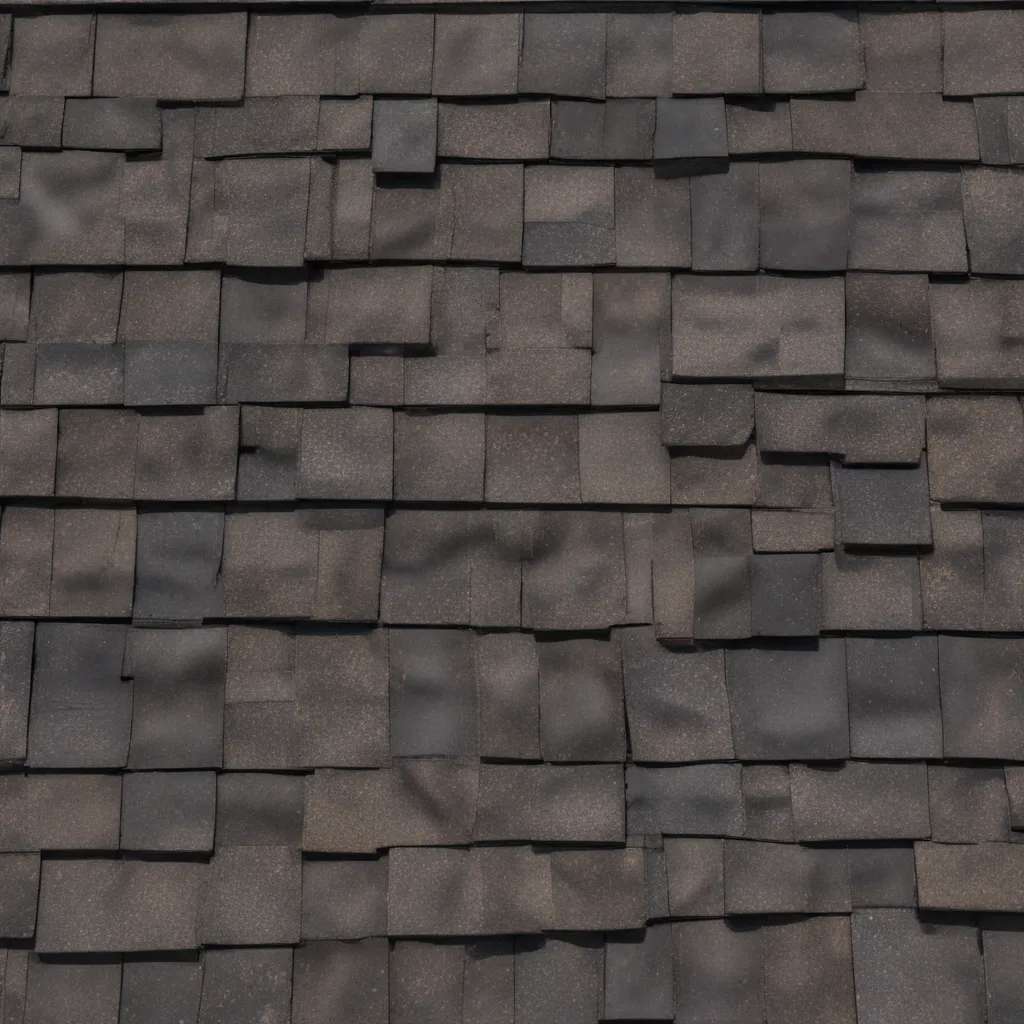
As an experienced roofing specialist, I’ve seen firsthand how the roofing industry has evolved over the years. One of the most exciting advancements in recent times has been the rise of composite roofing materials. These innovative solutions offer a unique balance of strength, durability, and sustainability – making them an increasingly popular choice for homeowners and building owners alike.
Composite Roofing Materials
At the heart of composite roofing are two primary material compositions: polymer-based composites and fiber-reinforced composites. These materials are carefully engineered to deliver unparalleled performance in a variety of roofing applications.
Polymer-based Composites
Polymer-based composite roofing tiles are crafted by blending high-quality polymers, such as polypropylene or polyethylene, with stabilizers, pigments, and other specialized additives. This unique formula produces a material that is both lightweight and exceptionally durable. The polymers provide impact resistance to withstand hail, debris, and other potential sources of damage, while the additives enhance UV resistance to prevent fading and degradation over time.
Fiber-reinforced Composites
Another innovative composite roofing solution involves the use of fiber-reinforced materials. These composites incorporate reinforcing fibers, such as glass or carbon, into a polymer matrix. The result is a roofing tile or panel that boasts impressive tensile strength and load-bearing capacity, making it an ideal choice for homes and buildings in areas prone to severe weather conditions.
Manufacturing Processes
The production of composite roofing materials involves a combination of advanced manufacturing techniques, ensuring consistent quality and performance.
Molding Techniques
One of the most common methods for creating composite roofing tiles is through precision molding. The polymer or fiber-reinforced compound is carefully poured or injected into molds, which are then heated and cooled to solidify the material. This process allows for the replication of intricate surface textures, such as those found in natural slate or wood shakes, giving composite roofing a visually appealing and authentic appearance.
Extrusion Processes
In addition to molding, some composite roofing manufacturers employ extrusion processes. In this method, the raw materials are heated and forced through a die, which shapes the material into continuous panels or sheets. This approach is particularly well-suited for producing large-format roofing components, enabling efficient installation and seamless integration with the building’s architecture.
Structural Integrity
The true strength of composite roofing lies in its ability to withstand the demands of the elements while providing reliable structural support.
Load-bearing Capacity
One of the key advantages of composite roofing is its impressive load-bearing capacity. The innovative material composition and manufacturing techniques ensure that these roofing systems can handle significant weight loads, including the accumulation of snow, without compromising their structural integrity.
Impact Resistance
Composite roofing materials are also designed to excel in impact resistance. Whether it’s hail, falling branches, or other projectiles, the robust construction of these tiles or panels helps to safeguard the roof from potential damage, reducing the risk of costly repairs and maintaining the aesthetic appeal of the roofing system.
Weathering Performance
Composite roofing is engineered to withstand the effects of harsh environmental conditions. The UV resistance and moisture tolerance built into these materials allow them to maintain their color, strength, and structural integrity, even in the face of prolonged exposure to sunlight, rain, and other weather elements.
Sustainability Considerations
In today’s eco-conscious world, the environmental impact of building materials has become increasingly important. Composite roofing shines in this regard, offering a range of sustainable features.
Environmental Impact
Many composite roofing manufacturers incorporate recycled materials into their production processes, reducing waste and promoting a more circular economy. Additionally, the long lifespan of these roofing systems means fewer replacements and less overall material consumption over time, significantly reducing the environmental footprint.
Energy Efficiency
Composite roofing can also contribute to the energy efficiency of a building. Some composite tiles and panels are designed with high thermal emissivity, which helps to reflect the sun’s heat, reducing the energy required for cooling and lowering the building’s overall carbon footprint.
Lifecycle Assessment
The durability and low maintenance requirements of composite roofing systems are significant factors in their sustainability. These roofs can often last for 50 years or more with minimal upkeep, avoiding the need for frequent replacements and the associated waste and resource consumption.
Cost-effectiveness
While the initial investment in composite roofing may be higher than some traditional roofing options, the long-term benefits can make it a wise and cost-effective choice.
Initial Investment
Composite roofing products are priced competitively, with manufacturers offering a range of options to suit various budgets. Additionally, the installation costs for these roofing systems are often comparable to or even lower than those of traditional materials, thanks to their lightweight design and the specialized installation techniques employed by skilled roofing professionals.
Long-term Savings
The true value of composite roofing lies in its long-term performance and cost-saving potential. The reduced maintenance requirements, coupled with the energy efficiency benefits, can result in significant savings over the roof’s lifespan. Furthermore, the enhanced durability of composite roofing can contribute to increased property values, making it an attractive investment for homeowners and building owners alike.
As an experienced roofing specialist, I’ve seen firsthand the many benefits that composite roofing materials can offer. From their impressive structural integrity to their sustainable features and cost-effectiveness, these innovative solutions are proving to be a game-changer in the roofing industry.
If you’re considering a new roof for your home or building, I encourage you to explore the remarkable capabilities of composite roofing. By balancing strength and sustainability, these roofing systems can provide a long-lasting, visually appealing, and environmentally responsible solution that meets the needs of modern construction. To learn more about our composite roofing options, please visit Genuine Roof Systems.

























